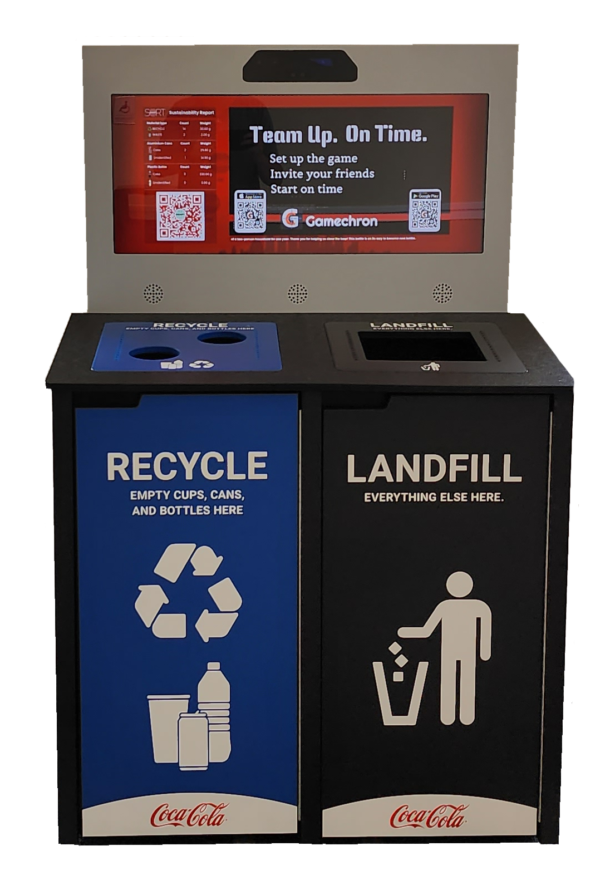The average of trash America produces is 56 tons per year. Americans throw away 2.5 million plastic bottles every hour. With landfills overflowing and many species of wildlife in danger of losing their habitats, learning to live “green” is everyone’s responsibility.
In the hustle and bustle of everyday life, however, making the necessary changes to “go green” can become another thing “to do,” another activity to add to an already overloaded schedule. It can seem downright burdensome when environmental groups are asking you to rip all the carpet out of your house, make your home super-energy efficient, and buy organic cotton mattresses at $3,000 apiece.
Nevertheless, making your home a greener place to be will not only reduce waste but save you money in the long run. And it doesn’t have to be a big chore. Following are eight ideas to help you get started in creating a green home.
1. Recycle. This seems like a no-brainer, yet as I write these words still only about 10% of America’s trash is being recycled, even though most cities and waste companies will pick up recycled materials at no extra charge. All you need are two to three bins or plastic bags, hiding in a closet, pantry, or garage.
For example, in my city, we are supposed to put all paper in one place, and every other recyclable in another. So we have a large tub in the garage to hold the paper, and two large plastic bags at the bottom of the pantry to hold everything else. When the containers are full, we take them out and dump them into the garbage cans the city provides.
2. Ditch the disposables. Buy stainless steel reusable water bottles and mugs. For parties or picnics, use heavy-duty, dishwasher-safe plastic plates and cups, and thrift-store silverware that you wouldn’t mind getting lost. Buy some cloth napkins, or cut up and hem old dishtowels to use as napkins.
3. Just say “no” to junk toys. You know the ones. That packet of jacks or cheap little doll at the end of the grocery store aisle.–that your kids “have” to have. Your kids will only be interested in the toy for a day or two, anyway. Save money and trash by teaching them to appreciate the quality toys they already have.
4. Use rags and old cut-up sheets/T-shirts instead of paper towels and tissues. The little rags hardly take up any room in the washing machine and can be reused innumerable times. Think about it: no more searching the Sunday paper for paper towels and tissue coupons!
5. Cancel magazine subscriptions. Unless you faithfully read most of every issue of a particular magazine, you will save a nice chunk of change and significantly reduce your waste if you stop receiving magazines in the mail. Instead, pick up a couple of issues every time you visit the library.
Alternatively, your favorite magazine may also offer a digital subscription, which is cheaper and leaves no paper trail behind it.
6. Turn off the lights in empty rooms. Unless your home is run by solar and/or wind power, you produce pollution when you use electricity. You can easily cut back on that kind of waste by turning off lights and unplugging unused appliances. When you do, your utility bill will begin to look more palatable.
7. Use junk mail envelopes for notes and grocery lists. Even the cost of a little notepad adds up over time. And its manufacturing process uses a lot of water and electricity, not to mention trees. Using junk mail for a scratch paper will help your budget a little, and the environment a lot.
8. Fall in love with thrift stores and consignment shops. Okay, you don’t have to fall in love with them. But neither you nor your kids need the latest Macy’s (or Walmart’s, for that matter) fashion for bumming around the house after school or on the weekend. Buying everyday clothes at thrift stores will save you a noticeable amount of money, plus you will be contributing to a good cause.
Most of the furniture you find in stores today was produced using unsustainable, environment-unfriendly means. Consignment stores often have beautiful used furniture that barely looks used, and is much easier on the wallet than new furniture.
See, being green is easy! I encourage you to incorporate at least two of these ideas into your everyday life. Soon, you’ll be watching your bank account grow and your trash volume shrink!




